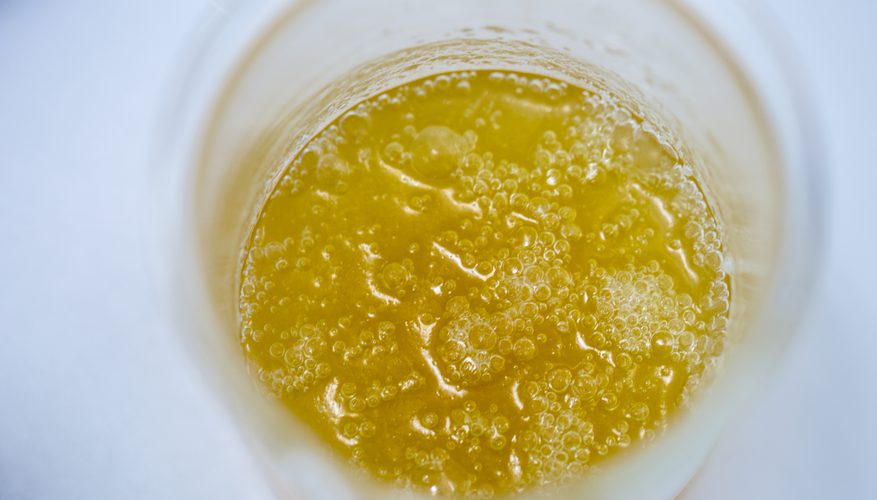
The bodies of all living things have cells. However, cells cannot function properly without the presence of certain substances, such as lipids. Lipids are a group of naturally occurring molecules that include animal fats, vegetable fats, certain vitamins, triglycerides and phospholipids. At first glance, triglycerides and phospholipids appear very similar. But they have slightly different chemical structures and serve differing functions.
TL;DR (Too Long; Didn’t Read)
Triglycerides and phospholipids are both lipids that serve certain functions in the body. However, they differ slightly in structure and function. Triglycerides have glycerol and three fatty acids, which makes them fats. Phospholipids are not fats, since they have glycerol, two fatty acids and phosphorus. Phospholipids are more essential to the formation of lipid bilayers, which maintain cell membrane structure, than triglycerides are. Fat cells store triglycerides, while phospholipids help break down fats in the body.
Structure and Functions of Triglycerides
Triglycerides are a kind of fat found in the bodies of both plants and animals. In plants, triglycerides appear in oils such as peanut oil, while in animals triglycerides live in fat cells. In both plants and animals, triglycerides share the same structure. A single triglyceride molecule has glycerol and three fatty acids.
Triglycerides serve several functions in the body. First, they help maintain the structure of cell membranes by forming a lipid bilayer. This helps keep the inside and outside of cells separate, so organelles cannot drift out of the cell, and foreign substances cannot get in, except under special circumstances.

